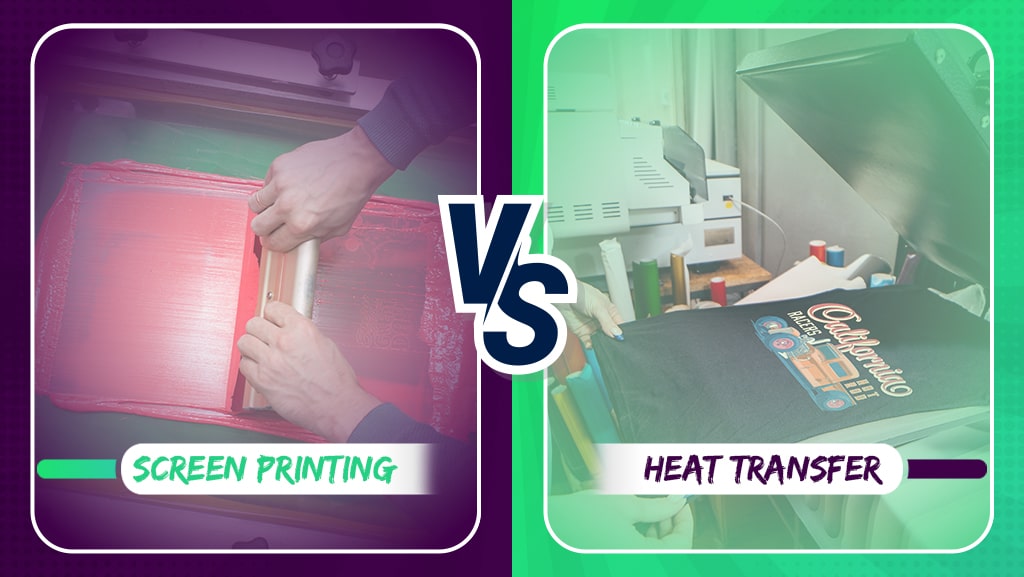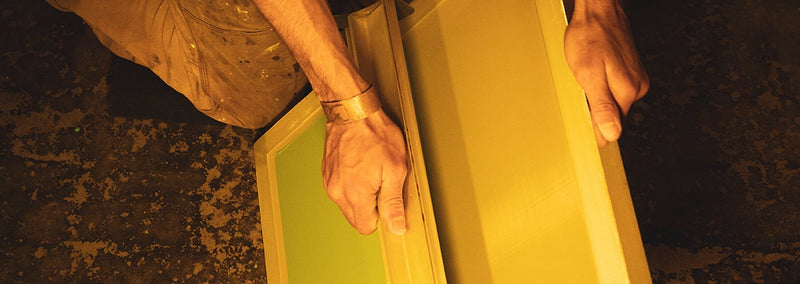6 Simple Techniques For Tx Tees
6 Simple Techniques For Tx Tees
Blog Article
Examine This Report about Tx Tees
Table of Contents9 Easy Facts About Tx Tees ShownThe smart Trick of Tx Tees That Nobody is DiscussingThe 30-Second Trick For Tx TeesExcitement About Tx TeesFacts About Tx Tees RevealedThe Main Principles Of Tx Tees Tx Tees Things To Know Before You Buy
Include up other prices, like the number of utilities it takes to run the shop and the cost of ink and solution per layout. Take the print listed below.The emulsion must only be a couple of cents since you 'd only need to coat one display for this work. Exactly how much should you bill per shirt to make a revenue? Usually, printers try to make up to 45% revenue on a print task. Below's a table to assist you establish that: total cost per product percent of preferred revenue as a decimal (example:.25 or.45) profit made per thing per work Currently let's speak about the profitability of DTF.

With DTF, you can publish a handful of shirts, or just one. Both display printing and DTF have their particular niches in the globe.
How Tx Tees can Save You Time, Stress, and Money.
The finest method to recognize? Ask about and see what print shops like your own are doing. screen printing shop. Attempt both out and see which you like far better
When you're choosing what sort of printing approach to use for printing your artwork styles on your garments, it's crucial that you know the differences between these two techniques so you can make the most of results while decreasing prices. Screen printing is the most typically made use of strategy for printing designs on textiles.
DTG printing is likewise called area or straight to garment printing because it prints just what is needed as opposed to making a screen as screen printers do. https://nowewyrazy.uw.edu.pl/profil/txtees02. Display printing works by screen filler squeegee display printing ink screen mesh display, after that moving the photo to garment making use of warm and/or pressure
The DTG printer makes use of special dye-sublimation inks that are applied right into a pre-designed photo by a digital printing system. The inks come to be component of the textile, allowing for lively colors and exceptional information. It's also called place or direct to garment printing because it publishes only what is needed rather than making a display as display printers do.
The Ultimate Guide To Tx Tees
First, it's much faster - you can publish a fullcolor image in minutes, as opposed to hours for display printing. Second, there's no set up time or expenses entailed - you can publish any type of layout you such as, without having to produce a screen. Third, there's no waste - due to the fact that screen printers screen print one layout at a time, they have to screen each color individually.
The paper is very costly and can only be made use of when. Once it's published on, it has to be discarded. - The preliminary acquisition cost is reduced than the upfront investment of DTG printers- You can publish multi-color styles one display each time as opposed to having to publish each shade individually like DTG printing.

Rumored Buzz on Tx Tees
However, rather than making use of screen mesh as screen printers do, color sublimation printers make use of laser innovation to move your photos onto garments or paper. A warmth process moves the dye from its solid-state straight into the gas stage which consequently integrates it onto textile substratums when they are quickly warmed to heats under high stress.
Sublimation printing is eco-friendly. It uses less water than screenprinting, and due to the fact that it does not include using harmful solvents, it's risk-free for all kinds of apparel. The dye sublimation inks are also odorless when cured, unlike display printers that make use of damaging chemicals throughout the screen printing procedure that leave an unpleasant odor.
They also save cash on expensive equipment like direct exposure devices considering that color sublimation printers don't need a UV exposure system or a flash remedy stove that is normally used in display printing (custom monograming). What is straight to garment printing (DTG Printing)? DTG printing is an electronic screenprinting procedure that publishes straight onto material using specialized inkjet printers
Excitement About Tx Tees
DTG printing offers lots of benefits over standard screenprinting, including the capability to publish photo quality images, higher shade vibrancy, and the ability to print layouts on darker textiles. DTG printers work by heating up the fabric ink until it becomes a gas. The gas after that penetrates the material, bonding with the fibers to develop a long-term print.

Display printers simply prepare their display then begin printing until they run out of product or ink.- There is a vast array of experienced display printers throughout the world, which can be helpful for newbies. - It's a slower process - screen printers usually need to wait for the ink to dry before they can print the next color- Screen printers require hands-on labor, so there's a greater discovering curve and it takes longer to produce a high-grade layout- Screen printing isn't as precise as DTG printing, so you might get some "bleeding" of shades from one part of the picture onto an additional if not done appropriately.
What Does Tx Tees Do?
Nevertheless, as opposed to making use of display mesh as screen printers do, dye sublimation printers use laser innovation to transfer your pictures onto garments or paper. A warm process transfers the dye from its solid-state straight right into the gas stage which consequently merges it onto fabric substratums when they are rapidly heated to high temperature levels under high stress.
Sublimation printing is green. It makes use of much less water than screenprinting, and since it home doesn't include using dangerous solvents, it's risk-free for all kinds of clothing. The dye sublimation inks are additionally odorless when healed, unlike display printers that make use of damaging chemicals throughout the screen printing procedure that leave behind an unpleasant odor.
They additionally conserve money on expensive tools like exposure units because color sublimation printers do not need a UV direct exposure device or a flash treatment stove that is commonly made use of in screen printing. What is direct to garment printing (DTG Printing)? DTG printing is a digital screenprinting procedure that prints straight onto textile utilizing specialized inkjet printers.
Tx Tees Can Be Fun For Everyone
DTG printing supplies many advantages over conventional screenprinting, including the capability to publish photographic high quality photos, better shade vibrancy, and the capability to print styles on darker textiles. DTG printers work by heating up the fabric ink up until it turns into a gas. The gas then penetrates the fabric, bonding with the fibers to produce a permanent print.
Report this page